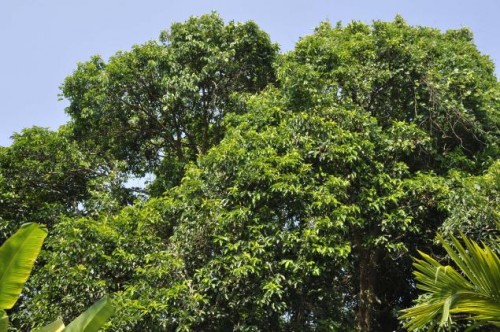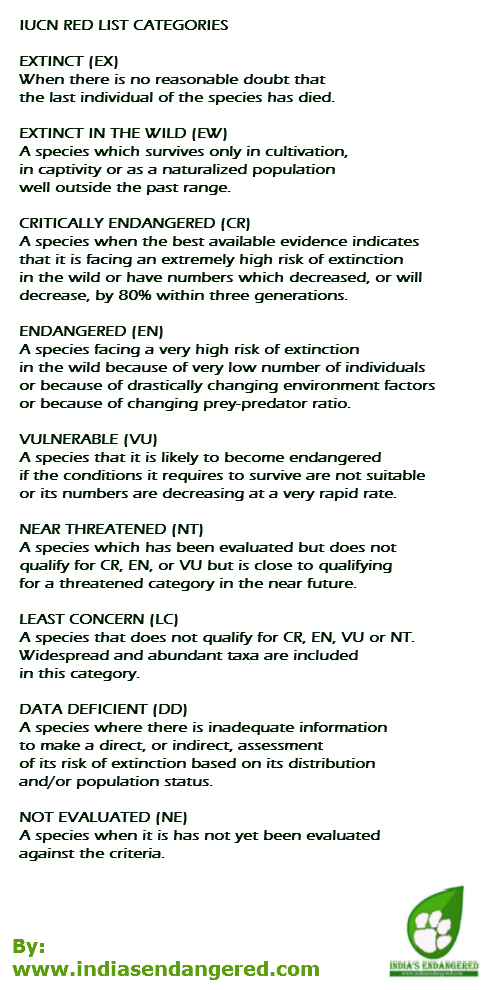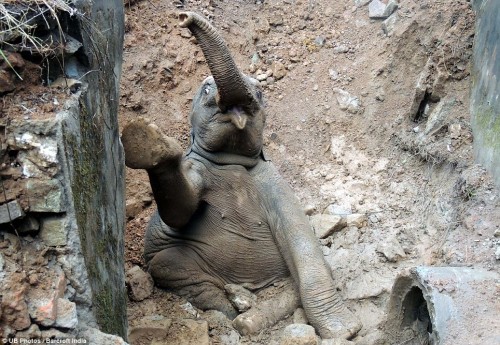A tree species Syzygium Travancoricum (locally known as kulavetti or vadhamkolli) found only in the state of Kerala has been moved out of the Critically Endangered (CR) category of red list of threatened species. The tree is still rare, but now further away from extinction.

In 1998 the International Union for Conservation of Nature (IUCN) listed the tree species as in extreme danger of extinction when less that 200 were reported from Kerala, the only place in the world where the tree grows. The primary cause of this loss was habitat destruction. The tree is found in wetland areas and IUCN noted that much of this habitat had been converted into paddy fields.
A new study however has brought in some good news for the tree whose more famous cousins are the popular spice plant clove and the fruit Jambul or Jamun.
Field studies conducted by the Kerala Forest Research Institute (KFRI) in the wake of the IUCN classification suggest that the tree can now move to the ‘endangered’ list.
The Critical state
Known locally as kulavetti or vadhamkolli, the tree entered the IUCN’s ‘critically endangered’ list on the basis of a Conservation Assessment Management Plan (CAMP) workshop conducted under the Biodiversity Conservation Prioritisation Project India in 1998.
The organisation had then asked for a regular update on the status of the tree species by official agencies. In the report, it was stated that the last of these trees were only found in the southern part of the state and habitat destruction was the number one cause for its rapid disappearance.
In 1998, the tree was reported in the sacred grove of Aickad with four individuals and another subpopulation of 15 to 20 trees had been seen at Guddrikal.
Concerned by the extinction threat of the tree species the Kerala Forest Department decided to investigate further and see if the tree numbers were more than 200 and if they were growing in other parts of the state too.
New Shoots
Nature enthusiast V.K. Madhusudhanan says that in addition to habitat destruction, the tree has been extensively used for traditional medicine preparation. He adds that a number of trees which grow in the wild have been felled, but never propagated. The bark of the tree is believed to contain medicinal properties which can cure arthritis and other joint pains.
Madhusudhanan recently discovered one of these trees in the Pulimana sacred grove at Chavara Thattassery in Kollam district. He says the sacred grove of Kalassamala in Thrissur district has a good collection of these trees and some could even be seen in the Asramam mangrove forest belt in Kollam city.
But these discoveries have been his personal quests. The nature lover laments how the state biodiversity board has not taken any effort to propagate the tree and ensure more of the variety growing in different parts of the state.
N. Sasidharan, senior scientist attached to the Forest Ecology and Biodiversity Conservation division of the KFRI, told The Hindu that the recent population check will hopefully help the tree get updated on the IUCN list.
He also adds that in association with the M.S. Swaminathan Research Foundation, the KFRI has embarked upon a programme to propagate the tree in ecosystems where it can easily adapt and thrive.
Quick Facts about Syzygium travancorium
- Syzygium is a genus of flowering plants
- Most of the plants in this genus are trees or shrubs.
- The genus is spread out in Africa, South Asia and Australia.
- Syzygium travancorium is only found in the state of Kerala.
- It’s more famous cousin is Syzygium aromaticum or what we commonly know as clove.
- Another known cousin is the edible fruit Jambul or Jamun, Syzygium cumini
- The plant prefers semi-ever green forest type and climatic conditions.
- It has been observed to grow in wetland conditions near mangrove belts.
- Its bark has been used by herb sellers as medicine for various ailments.
For those curious about Red List of threatened species, here is a quick look at it’s different categories and what it means,
More Related Stories,
Over Harvesting Killing Life Saving Plants
India to have its own Red List of Threatened Species







madam would you please provide a list of all critically endangered species of plants in India as per IUCN.
Will try to provide. Thanks for visiting.
Hi Atula, Request you to share the list of endangered plants which can grow well in Pune, MH climatic conditions.
We have around 1 acre land for plantation. & as environmental initiative we would like to take this ahead.
Also if there are agencies which can provide us this plant & that would be appreciated.
please provide the English name of this tree.